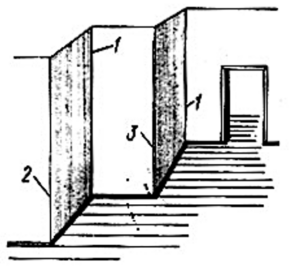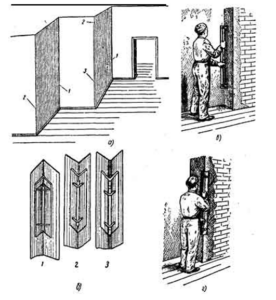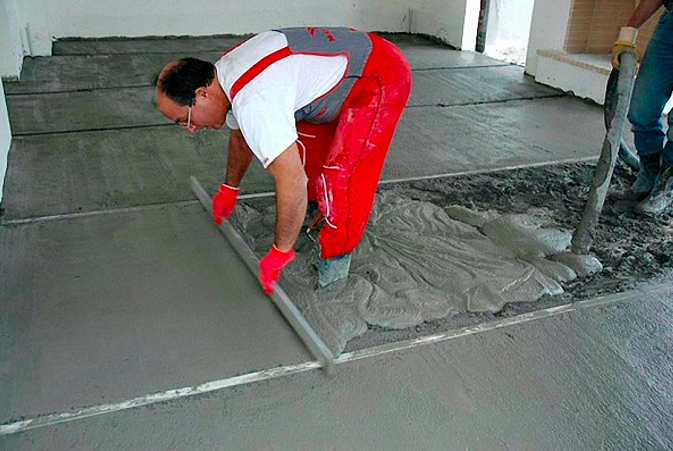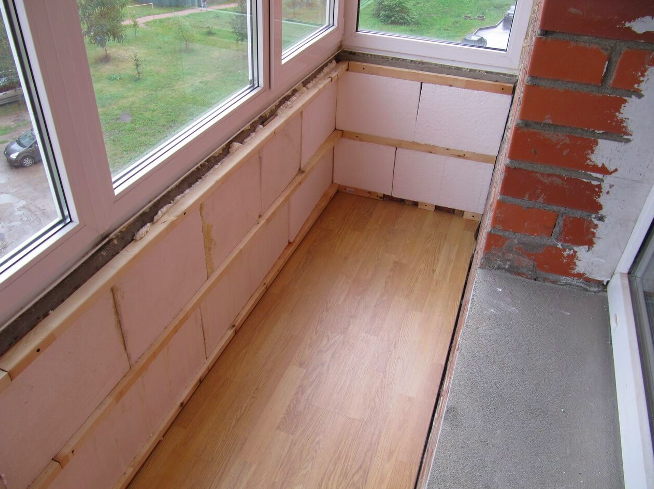Husks, usenki and chamfers: what are they, why are they needed and what are they used for
It is quite simple to define what husks are, as well as chamfers and usenki. This is the name for the corners that are formed by the intersection of walls or walls together with the ceiling. How these elements differ, as well as how and why they are processed, is described in detail below.
The content of the article
Definition of concepts
All these concepts relate to angles:
- We can say about the husk that it is an internal angle that is formed by two walls at the intersection or a ceiling with walls (indicated by number 1 in the figure).
- Usenok is an angle that is also formed at the intersection of walls, but not internal, but external (protruding) - number 2.
- The chamfer is the same notch, but only rounded - number 3.

Since the husk is an internal corner, it often has a sharp shape, i.e. it is left in its original form. As for the usenum, it is usually blunted, creating a flat or rounded shape. This is done to improve the appearance and ensure durability. The fact is that the intersection at an acute angle breaks off quite quickly. Moreover, husks and husks are processed in a similar way.
How to rub husks and usenki
To rub the corners, use a mixture based on fine sand. For work, the following tools are used, as a rule, a grater and a template.
Rubbing of husks, usenki and chamfers proceeds as follows:
- The solution is applied to the surface of the grater or rule and the tool is moved up and down along the corner, pressing well on it with your hand.
- Perform several movements until the sharp corner is erased.
- Make sure that the line runs strictly vertically or horizontally.
- If there are defects, they are rubbed with a smaller trowel, after applying a solution to it.

If you need to process chamfers, proceed in exactly the same way, but first the surface is moistened generously with water. Apply a trowel to the surface of the end, apply the solution and carry out the treatment in a similar way. Moreover, the resulting chamfer should be perfectly straight.
We can say about the husk and the usenka that these are the inner and outer corners, respectively, which are usually processed. To do this, use the rule and a grater. But if you need to give it an original shape, you will also need a template.





